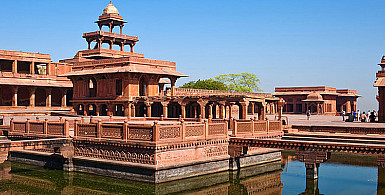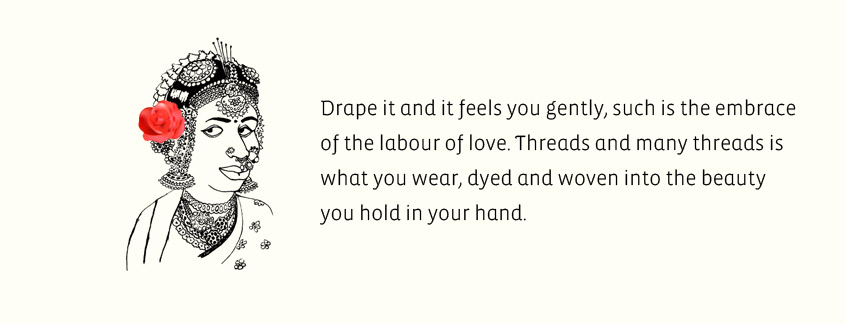
Handloom refers to the wooden structures which are manually operated by skilled artisans to weave fabrics extracted from natural fibres like cotton, silk, etc. Sarees crafted through this process are known as handloom sarees, where each piece embodies the timeless grace, elegance, and simplicity often associated with Indian goddesses.
One can find different sarees and draping styles all over India. Each of them differ in materials, production techniques, designs and in their intricate details. It is this difference and diversity that adds to their beauty and cultural significance. More than just garments, these sarees are woven expressions of India’s philosophy of ‘Unity in Diversity.’ They carry within their threads the stories of traditions, rituals, and histories of the communities they come from.
Explore original handloom sarees from across India at Gaatha — featuring a variety of celebrated weaves like Maheshwari, Ajrakh, Patola, Kantha, Chanderi, South Indian handloom cotton, and more.
















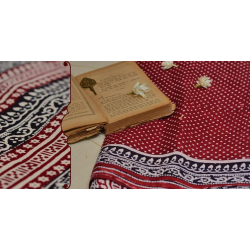










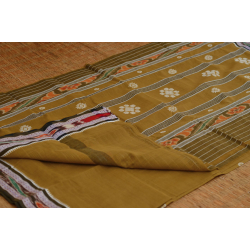











-250x250w.jpg)

-250x250w.jpg)

-250x250w.jpg)
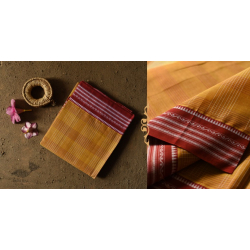
-250x250w.jpg)

-250x250w.jpg)

-250x250w.jpg)

-250x250w.jpg)

-250x250w.jpg)

-250x250w.jpg)
-250x250.jpg)
-250x250.jpg)
